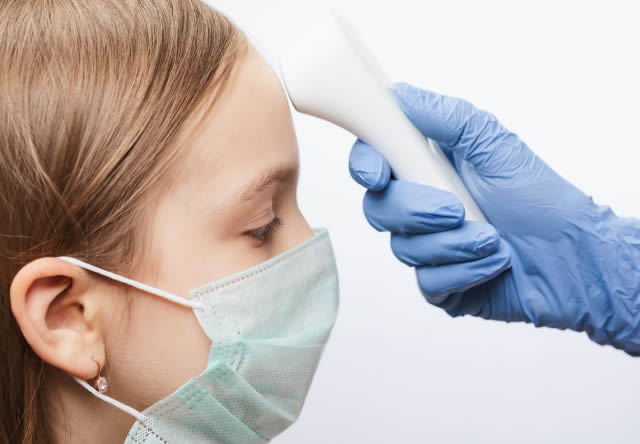Infants and children usually display mild symptoms of COVID-19, but severe complications are also possible—especially for those with underlying conditions. Here’s what parents need to know.
The novel coronavirus, SARS-CoV-2, (and the disease it causes, COVID-19) has the entire world on edge, but perhaps nobody is as concerned as parents. It can seem impossible to shield children from illnesses when germs are unpredictable and omnipresent. And while experts initially reported that COVID-19 mostly spares children and infants, recent research suggests they aren’t entirely off the hook. In fact, in July 85 infants tested positive for the coronavirus in one Texas county. And a new study out of South Korea found that children between the ages of 10 and 19 were just as likely to spread COVID-19 as adults.
More than 1,183,609 American children have been diagnosed with COVID-19, according to the American Academy of Pediatrics (AAP). And a September CDC report found that while only 0.03 percent of cases in children and young people under 21 have been fatal, Black and Hispanic populations are most at risk.
“These numbers are a chilling reminder of why we need to take this virus seriously,” AAP president Sally Goza, M.D., said in a news release. “While much remains unknown about COVID-19, we do know that the spread among children reflects what is happening in the broader communities.”
Early research points to daycare centers and elementary schools as not being driving factors in community transmission of the coronavirus, but it’s important that families are still practicing caution because children can still get COVID-19—and spread it.

